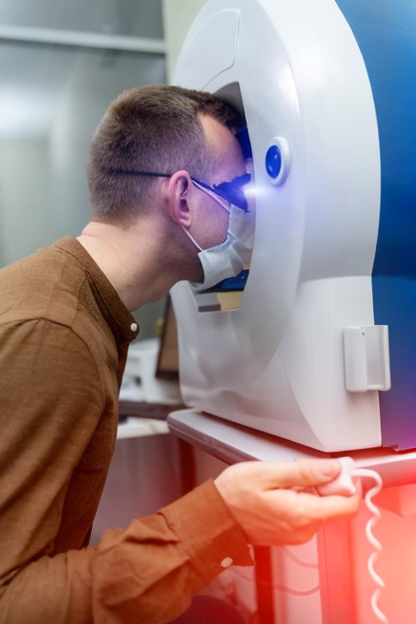Revolutionizing Personalized Medicine with Precision Sheet Metal Fabrication+ View more
Advantages of Customized Medical Devices
Personalization in medicine is proving to be more than just a trend. It is a patient-centric approach that has shown significant advantages over traditional one-size-fits-all solutions. Custom-fit devices ensure better compatibility and functionality, leading to enhanced treatment outcomes. For instance, a prosthetic limb designed to match an individual's physical structure can provide better mobility and comfort, reducing the risk of injury or discomfort. Moreover, the precision of sheet metal fabrication minimizes the need for adjustments or revisions, which can be both costly and time-consuming.
The Innovation Trajectory in Medical Device Fabrication
Innovation in sheet metal fabrication is continually evolving, driven by advancements in technology and the integration of smart software. The incorporation of 3D printing with metal materials has opened new horizons for creating complex and geometrically intricate devices that were previously impossible to make. Additionally, machine learning algorithms are now being used to improve the efficiency and accuracy of the fabrication process. These innovations are not only refining the production process but also reducing lead times and costs, thereby making personalized medical devices more accessible.
The Future Direction of Personalized Medical Fabrication
As we look to the future, the potential for personalized medical device fabrication is vast. The integration of biocompatible materials and the development of bio-absorbable metal components are areas of intense research. This could mean that in the future, implants and stents could be designed to dissolve harmlessly in the body once their purpose is served, eliminating the need for additional surgeries. The frontier of personalized medicine is also expanding to bioprinting, where living cells are used to create tissue and organ-like structures. While still in its nascent stages, the implications for regenerative medicine are profound.

